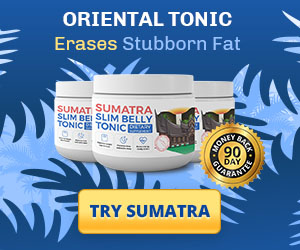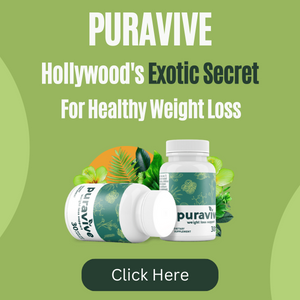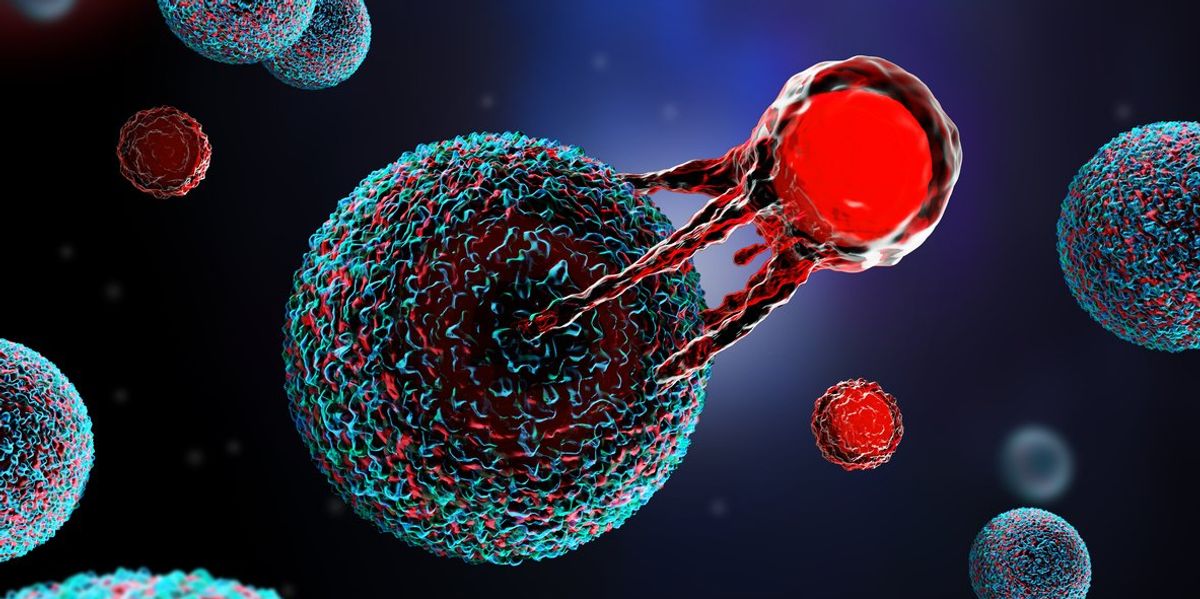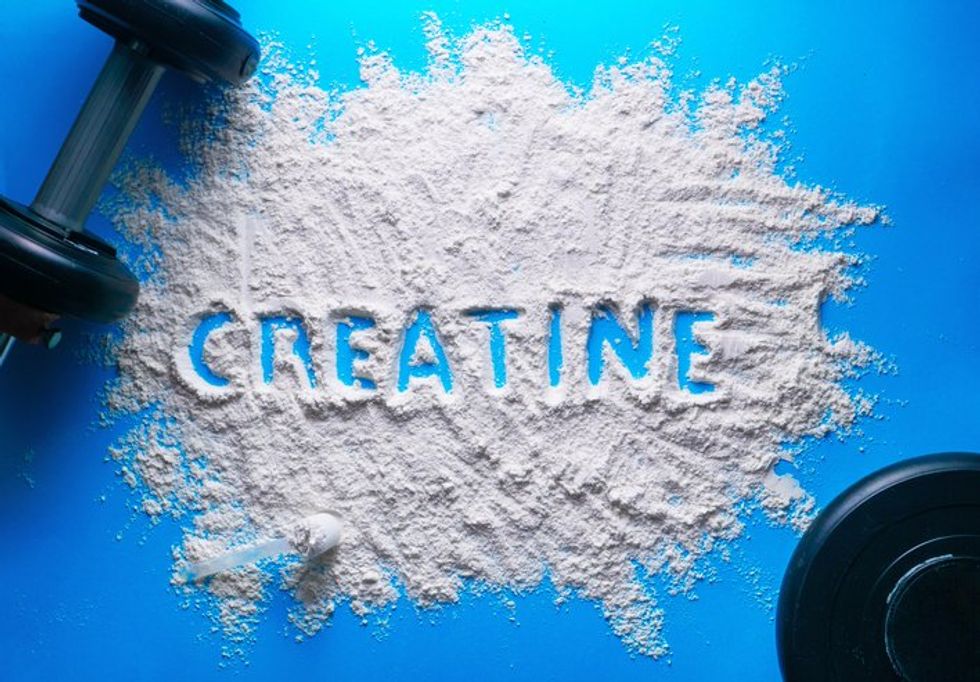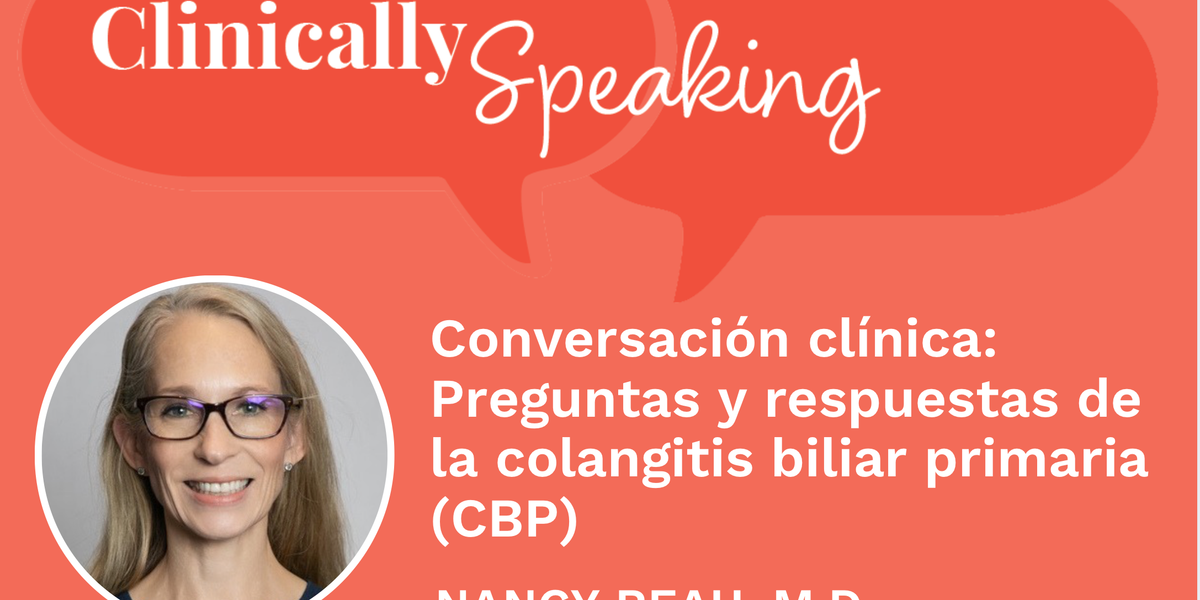7 supplement myths 2025 science just debunked (and what to do instead)
Last month I tried “turbo-charging” a kombucha batch with extra sugar, hoping for rocket-fuel fizz. Instead, the jar foamed over like a K-pop dance break gone wrong and left me scrubbing countertops at 2 a.m.
The fiasco reminded me of the supplement aisle: pour in megadoses, expect miracles, wake up to sticky reality. That parallel felt even sharper after I spent a weekend combing through the newest nutrition journals.
The 2025 cycle of systematic reviews reads like a polite but firm intervention: hype is high, payoff is patchy, and side-effects lurk at the edges.
Each study dismantles a different “sure thing,” showing how selective storytelling, influencer testimonials, and outdated mechanistic theories keep myths alive long after data have marched on.
Below, 7 crowd-pleasers get the myth-busting treatment—followed by practical, evidence-aligned Plan Bs for people who want results, not regret.
Myth 1: High-dose vitamin D will “save your bones”
For years, megadose or “bolus” vitamin D supplements — often 50,000 IU once a month or a single seasonal shot — were touted as the express lane to fracture-proof skeletons.
The logic sounded tidy: D helps calcium absorption, more D must mean sturdier bones.
Yet a 2023 systematic review pooling dozens of trials found that intermittent or single high-dose regimens failed to reduce fractures or falls and, alarmingly, nudged fall risk upward by altering neuromuscular control.
The authors suggest that abrupt spikes in serum 25(OH)D may dysregulate calcium channels in muscle, briefly worsening balance. It’s a striking reminder that physiology likes steady rhythms, not boom-and-bust surges.
High-dose marketing often cherry-picks older deficiency studies or conflates daily physiological dosing with occasional pharmacological blasts. Real-world use amplified the error: people gulped giant capsules in winter, skipped sun exposure, and assumed they were bulletproof.
The review’s takeaway is clear — bone strength depends on daily micro-signals of load and nutrition, not quarterly shock therapy.
Do instead: Stick with moderate, daily food-first D (think fortified oat milk) and confirm your levels before supplementing. Bone health still leans on weight-bearing exercise and balanced minerals—no shortcuts, just steady choreography.
Myth 2: Fish-oil capsules are a heart-attack force field
Omega-3s earned a heart-health halo decades ago, but the supplement industry’s leap from “fatty fish twice a week” to “triple-strength capsules twice a day” skipped some nuance.
A 2025 review of high-dose EPA trials confirms that prescription-grade marine oil can trim major cardiovascular events in very high-risk patients, yet it simultaneously hikes atrial fibrillation incidence and bleeding odds.
That dual effect dismantles the one-size-fits-all narrative. Mechanistically, high EPA shifts membrane fluidity and platelet aggregation, which helps plaque-prone arteries but can destabilize cardiac electrical signalling and clotting dynamics. Marketing rarely mentions those trade-offs, framing fish oil as a universal seatbelt when it’s closer to a specialist tool.
The review also notes that retail blends often underdose EPA and overdose DHA, muddying any predicted benefit.
Consumers see glossy “brain-heart combo” labels, not the fine print about dose, ratio, and individual risk.
Do instead: Treat fish oil like a feature, not body armor. Prioritise dietary omega-3s (chia, walnuts) and tackle baseline risks—blood pressure, sleep, stress—before leaning on pricey capsules.
Myth 3: Collagen powder erases wrinkles overnight
Scroll TikTok and you’ll catch scoop-after-scoop videos promising baby-soft skin in ten days. Collagen’s popularity rests on a biological truth—peptides can stimulate fibroblasts—but timelines and magnitude get wildly inflated.
One double-blind trial reported only modest bumps in skin elasticity and hydration after 8–12 weeks of daily collagen, with results plateauing thereafter.
“Modest” here means a single-digit percentage change—clinically nice, cosmetically subtle, not the airbrush effect promised by ads.
Part of the myth comes from in-vitro data where isolated cells bathed in peptides look vibrant; whole-body metabolism is less direct, with digestive enzymes chopping proteins before absorption.
Sceptics also point out that well-controlled diet studies—adequate vitamin C, proteins, and antioxidants — can deliver comparable collagen support without expensive tubs. Yet influencer culture leans on before-and-after selfies taken in different lighting, stoking the illusion of dramatic transformation.
Do instead: Think of collagen as a slow-jam backing track. Pair it with sun protection, plant-rich meals, and enough hydration so skin’s rhythm section stays tight.
Myth 4: Any probiotic works for everyone, all the time
Probiotics debuted as a quirky health-food item. Today they’re a multi-billion-dollar aisle promising solutions from mood to metabolism.
The umbrella meta-analysis out in 2025 throws a precision-fermented wrench into that broad claim, showing benefit is both strain-specific and person-specific.
A Lactobacillus strain that eases IBS in one study may do nothing—or cause bloating—in another cohort. Genetic differences, baseline microbiota, and even meal timing modulate outcomes.
Yet product labels often list a “proprietary blend,” leaving shoppers clueless about CFU counts or research lineage.
The myth persists because “live cultures” sounds universally wholesome, and “more strains” seems safer than “targeted strains.”
Ironically, gut ecology resembles a nightclub: invite the wrong DJ, and the vibe tanks.
Precision matters. Emerging research into postbiotics and synbiotics underscores how context shapes efficacy—something a generic capsule can’t guarantee.
Do instead: Match strains to goals (ask for the CFU label), and rotate fermented foods like kimchi—my trusty analogue remix—so your gut microbiome hears an eclectic playlist, not a single repetitive beat.
Myth 5: Turmeric pills cure chronic inflammation across the board
Turmeric’s golden glow first lit wellness blogs on fire — soon capsules boasted curcumin levels a curry could never match.
Yet studies focusing on ulcerative colitis add nuance: curcumin helped some patients hit remission, but only as an add-on to medical therapy and only with high-bioavailability formulations such as nanoparticles or phospholipid complexes.
In plain English, swallowing generic curcumin powder isn’t the same as using pharmaceutically engineered extracts under clinical supervision. Curcumin’s low natural absorption, rapid metabolism, and interaction with drug transporters mean you can’t assume bloodstream levels from raw milligram counts.
Marketing rarely clarifies these pharmacokinetic hurdles, so people with arthritis, eczema, or vague “inflammation” may megadose cheap capsules and expect systemic relief.
Worse, high-dose curcumin can inhibit cytochrome P450 enzymes, subtly altering medication levels.
Do instead: Use whole-food turmeric in cooking, lean on medical therapies for active disease, and remember the spice solos best as part of a band, not a one-man show.
Myth 6: Ashwagandha is a stress miracle with zero drawbacks
Ashwagandha, branded as “nature’s chill pill,” exploded on wellness shelves with bold cortisol-cut claims.
The review synthesising randomised trials did find small-to-moderate drops in cortisol and anxiety scores, yet flagged the underlying evidence as low-to-moderate quality and highlighted missing long-term safety data.
Many studies ran just 4–8 weeks, used heterogeneous extracts, and were funded by supplement companies. Observed side-effects—gastro discomfort, daytime sedation—were under-reported, creating a false sense of zero-risk.
Additionally, raw root powders differ wildly in withanolide content; overstimulated thyroids and liver-enzyme elevations have appeared in case reports but rarely make marketing copy.
The myth thrives because stress is universal and “adaptogen” feels modern-mystic yet scientific. But adaptogens operate on hormesis—small stress to buffer bigger stress—and chronic high dosing may reverse the benefit.
Do instead: If you try it, cycle off, track mood data, and double down on proven stress-relievers—movement, sleep hygiene, and yes, losing yourself in a perfect K-pop chorus.
Myth 7: Melatonin is perfectly safe every single night forever
Melatonin slid from niche jet-lag aid to mainstream bedside staple, now found in gummies shaped like cartoon moons.
The 2025 narrative review re-grounds the discussion: low doses (0.5–2 mg) can nudge sleep onset, but chronic or high-dose use links to daytime grogginess, vivid dreams, hormonal shifts, and product mislabeling—some bottles carried up to 478 percent of stated dose (7).
Because melatonin is a hormone, long-term exogenous supply could dampen the pineal gland’s own output or disrupt pubertal timing in adolescents—unknowns marketing leaves out. The review also cites variability in absorption based on fat intake and timing, meaning users often double-dose when the first tab “doesn’t work in 20 minutes,” inadvertently spiking levels at dawn.
Compounding pharmacies sometimes mix melatonin with other sedatives, muddying attribution when side-effects arise. The larger lesson: safe doesn’t mean consequence-free, especially for nightly, indefinite use.
Do instead: Reserve melatonin for jet lag or short sleep re-sets. Dim blue light after sunset, keep a cool room, and let circadian rhythms—like a well-timed bass line—carry most of the load.
Final words: slow-fermented discipline beats supplement fireworks
My scoby disaster taught me that more isn’t always better — sometimes it’s just messier. These 2025 studies echo the same groove: steady, evidence-friendly habits still headline the wellness stage.
Supplements can be helpful instruments, but when played at max volume without sheet music, they distort the song.
Before you stockpile neon capsules, audit the basics — diet diversity, movement patterns, sleep rituals, and stress valves.
If a supplement survives that scrutiny, dose thoughtfully and track outcomes like a sound engineer tweaking levels.
Your bones, heart, skin, gut, mood, and sleep playlist will thank you for keeping the set list tight — and science-approved.
What’s Your Plant-Powered Archetype?
Ever wonder what your everyday habits say about your deeper purpose—and how they ripple out to impact the planet?
This 90-second quiz reveals the plant-powered role you’re here to play, and the tiny shift that makes it even more powerful.
12 fun questions. Instant results. Surprisingly accurate.
Share this article:


